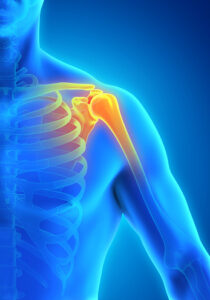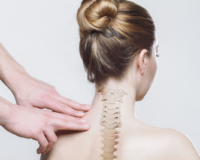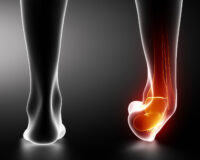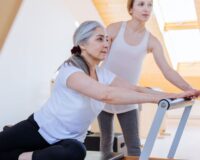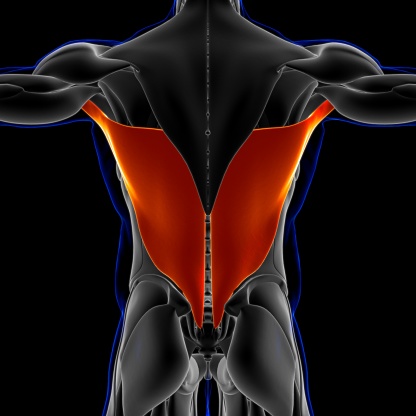
Rotator Cuff Tendinopathy
Shoulder soreness is a very common complaint affecting up to 70% of the population at one time or another throughout their lives (Cadogan et al. 2011). Given that the shoulders are multi-plane joints and are used for a variety of different tasks, it’s easy to see how problems might arise. A 2011 study showed that 14.7 people in every 1000 attending primary care were there for shoulder soreness (Cadogan et al. 2011). Amongst these presentations, one of the most common presenting complaints was from the rotator cuff (Cadogan et al. 2011)!
What is the rotator cuff?
The rotator cuff is a group of 4 muscles which work together to move the shoulder joint in many directions. As the name suggests, their main function is rotation of the shoulder joint, but they are also key shoulder stabilisers. The rotator cuff muscles and their main functions are as follows:
- Supraspinatus: lifts the arms out the side and up towards the ears. It also acts as a shoulder stabiliser to stop the shoulder from rising up and pinching/irritating the tissues above it
- Infraspinatus: Outward rotation of the arm + stability
- Subscapularis: Inward rotation of the arm, moving the arm in towards the body, + stability
- Teres minor: Outward rotation of the arm
What is rotator cuff tendinopathy?
When the arm is subjected to repetitive or increased loads that the muscles are not strong enough for, this normally results in tendinopathy of one or plural muscles of the rotator cuff. There may also be a degree of inflammation which contributes to the soreness experienced.
Why is physiotherapy important?
25% of people with shoulder issues go on to experience flare ups of their initial injury, with 40-50% experiencing issues 12 months on (Cadogan et al. 2011). It’s a very commonly injured joint which needs some assistance in order to recover such that flare ups are prevented so it does not disrupt daily life/activities.
What are the risk factors?
- Performing repetitive, high load tasks
- Awkward sustained positions
- Repetitive loaded and reaching tasks above shoulder height
- And more!
Signs & symptoms
The main symptom is soreness in and around the shoulder. This may be at the front, side or the back. This is normally accompanied by weakness of the shoulder muscles. Depending on what muscle is affected, there may be soreness/difficulty with a few of the following tasks/positions:
- Reaching forwards
- Placing hand behind back (e.g. doing up bra, itching back)
- Sleeping or lying on that shoulder
- Moving the arm out the side and away from the body
The above symptoms can cross over with many other shoulder issues including:
- Rotator cuff tear
- Frozen shoulder
- Referral from neck
- Arthritis
It’s important to get assessed by a medical professional in order to accurately diagnose the medical condition for appropriate management.
Treatment
Treatment can consist of a variety of techniques. These include the following:
- Range of motion exercises
- Joint mobilisation to relieve soreness
- Soft tissue release including massage to release tight surrounding structures
- Dry needling
- Taping
- Strengthening for shoulder, back and neck muscles
- Ice wrapped in damp tea towel 10-15 minutes every 2 hours (only with full sensation including to temperature and no reaction to the cold)
Reference
Cadogan A et al. 2011, ‘A prospective study of shoulder in primary care: prevalence of imaged pathology and response to guided diagnostic blocks’, BMC musculoskeletal disorders.
None of the information in this article is a replacement for proper medical advice. Always see a medical professional for advice on any injury.


